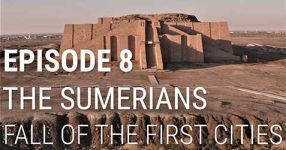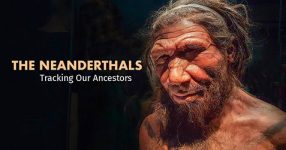In the annals of history, eight centuries ago, a man named Temujin, renowned as Genghis Khan, forged an unparalleled empire, a testament to his military prowess. In 1190, he united disparate nomadic tribes, birthing a formidable force of 200,000 warriors that swept across vast lands.
The Rise and Fall of Genghis Khan’s Empire
Genghis Khan’s strategic brilliance orchestrated conquests spanning from the Pacific to Europe, and from Northern Siberia to India, Iran, and Turkey. His compact yet disciplined army, organized in 10,000-strong horse-mounted formations, executed surprise attacks with unparalleled agility, forever imprinting Mongolian military tactics in the pages of history.
However, following the Genghis Khan era, internal conflicts plunged the region into chaos until Buddhism established governance in 1578. Subsequently, Mongols fell under Chinese rule until the advent of Soviet influence in 1924, marking a shift towards communism.
The Soviet Impact: A Swift Transformation
With Soviet assistance, Mongolia underwent rapid modernization, witnessing the emergence of Ulan Bator as a cosmopolitan capital. The once nomadic landscape saw the rapid construction of buildings, bridges, roads, and schools, ushering the country into the 20th century. Yet, with the fall of the Berlin Wall in 1989, Mongolia faced political and economic turmoil as the Soviets withdrew, leaving the country in a precarious state of collapse.
Survival in the Steppes: Mongolian Nomadic Life
Amidst the vast steppes of Siberia, where winter dominates for ten months, three distinct nomadic races thrive, showcasing their unique ways of life. Tansendaryá, with itinerant camps comprising traditional Mongolian tents known as gers, engage in a dynamic lifestyle involving horse training, goat herding, and camel husbandry.
In the Taiga: The Struggle of the Tsaatan People
Venturing into the Taiga, beneath the boreal forest canopy, we encounter the Tsaatan people whose existence centers around reindeer husbandry. However, their insular society faces challenges due to inbreeding, threatening the sustainability of their way of life.
The Kazakh Farmers: Falconry and Cultural Riches
Lastly, we explore a thriving village of itinerant Kazakh farmers, adept falconers who provide a captivating glimpse into the art of hunting with majestic eagles boasting two-meter wingspans and seven-kilo weights. This unique convergence of tradition and skill embodies the rich cultural tapestry woven by the heirs of Genghis Khan.
In the heart of Mongolia’s nomadic heritage, the echoes of Genghis Khan persist, painting a vivid tapestry of resilience, adaptation, and the indomitable spirit of those who navigate the harsh landscapes inherited from their legendary forebear.












